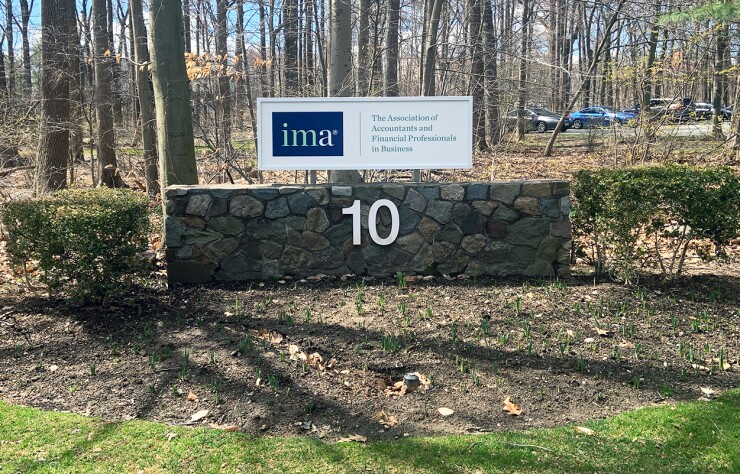Even as accountants are doing their best to help their organizations deal with the risks and uncertainties brought by the pandemic, the COVID-19 pandemic and the Delta variant have upended the traditional tools that accountants and the finance teams at organizations have been using to predict their performance and the results of their strategies.
A recent
“Companies have been able to use past data to help them forecast trends for the future has been part of forecasting traditionally, but with the much more competitive global marketplace, and then the pandemic, historical data is often not very predictive because things have been changing a lot,” said IMA Research Foundation board member Kip Krumwiede. “Companies really have to expand the type of data that they’re using to help forecast what the demand will be for a product. Not only that, but whether different scenarios can play out, and how we can prepare for those. What is the probability of those different scenarios? This report profiles the basic tools that really any company can use, even if they can’t afford expensive software, to be able to reduce the uncertainty about the future, and use more data that can be more current and a better leading indicator of trends in your market.”
The report relates to Part 1 of the IMA’s Certified Management Accountant exam, which covers competencies related to financial planning, performance and analytics. It can offer a guide for those interested in learning more about these competencies or who are studying to take the CMA exam. It provides nine ways that a company can use to help forecast future demand and risks. “They can get a much better idea of the probability of different scenarios playing out and really see what’s ahead,” said Krumwiede.

Uncertainties such as those around supply chain disruptions in computer chips, raw materials and most recently paper products have been adding concerns for companies and their future planning.
“Companies do their strategic plans, and then they often make a forecast based on one scenario that they think is most likely, but supply chains are much more uncertain these days,” said Krumwiede. “Toyota had to cut production by 40% because they couldn't get the chips that they needed. What can help a company in that situation is they can identify one or two real key uncertainties that could make a huge difference. For Toyota it can be not having a sufficient supply of chips. Maybe another one is an ultra-high increase in demand for electric vehicles. If they identity those as really key risks, they could break those down into different aspects and estimate the likelihood of those different aspects and then build a model that has those variables ... and then run a Monte Carlo simulation and really get a much better feel for what the odds are of having, let’s say, a scenario where they don’t have enough chips, but demand for electric vehicles doesn’t take off.”
It’s important for organizations to do planning around different “what if” scenarios and adjust their plans accordingly.
“Companies have got to do better these days to anticipate different scenarios, and not just have a plan A, but a plan B, plan C, and plan D, because increasingly it’s likely that you’re going to need your plan B or plan C or plan D,” said Krumwiede. “There’s just so much disruption in the markets and the supply chain. The impression that most CFOs and their financial planning and analysis people have is that you’ve got this really sophisticated software to do this and build very complex models, but the truth is you can have the best software in the world, but you’ve got to understand what data is the most important to you for your particular strategy and then go find the data that will help you to predict that. It’s not the other way around. It’s not the data that tells you what to analyze. It’s your strategic plan that should tell you what you really need to know. Then there’s increasingly all kinds of ways that you can find that data that are not traditional approaches.”
Organizations can’t just rely on their software to make such predictions. Accounting expertise is needed to help make decisions. “Accounting is one of the professions in which everybody talks about the role of automation in replacing accountants,” said IMA CFO Russ Porter, who previously worked for 28 years at IBM. “People sometimes exaggerate about the death of the accountant and that everything we do can be replaced by technology. I don’t believe that at all. Are there things that can be automated? Absolutely, but I believe there’s a lot more to the accounting profession today than simply bookkeeping.”
The IMA is planning future follow-up reports that discuss building a model with multiple variables to help forecast demand, using Tesla as an example. After that there will be a report on profitability analytics to help decide on the best scenario to use.





